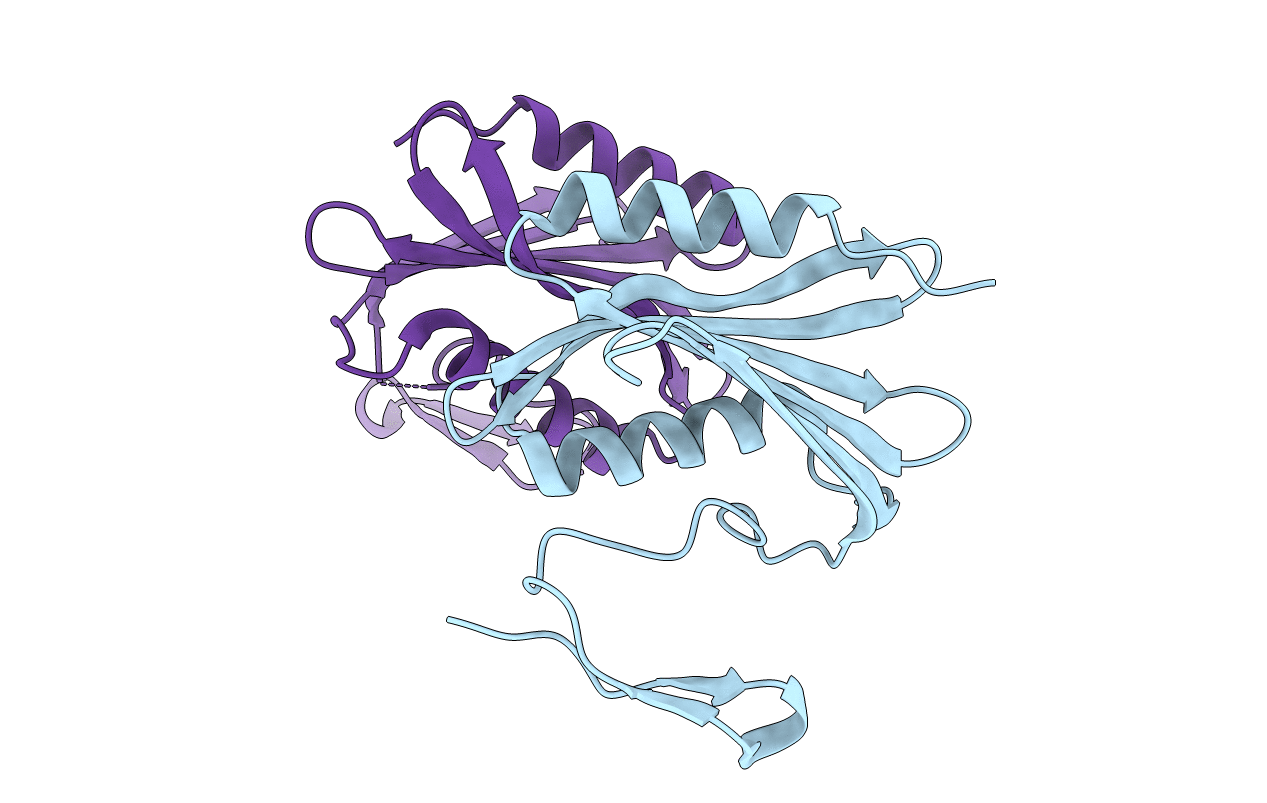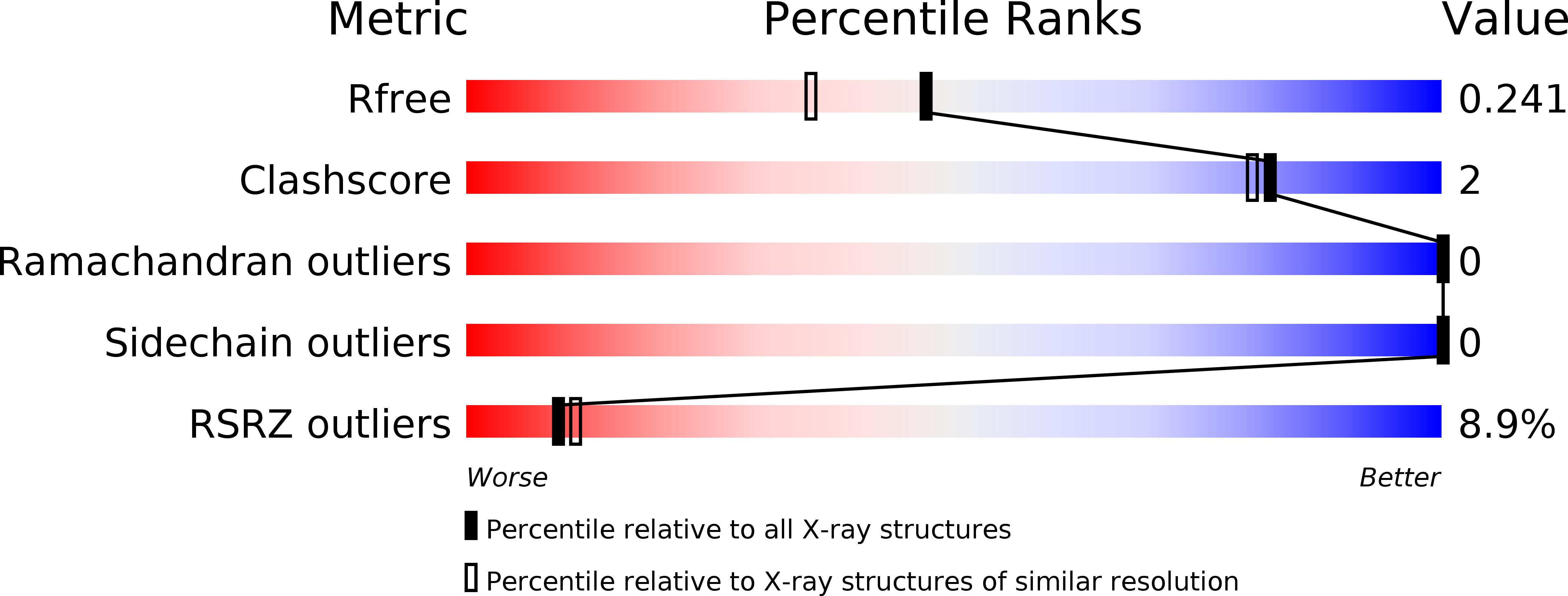
Deposition Date
2018-07-27
Release Date
2018-10-31
Last Version Date
2024-03-13
Entry Detail
PDB ID:
6E8A
Keywords:
Title:
Crystal structure of DcrB from Salmonella enterica at 1.92 Angstroms resolution
Biological Source:
Source Organism:
Salmonella typhimurium (Taxon ID: 90371)
Host Organism:
Method Details:
Experimental Method:
Resolution:
1.92 Å
R-Value Free:
0.23
R-Value Work:
0.22
R-Value Observed:
0.22
Space Group:
P 65 2 2


